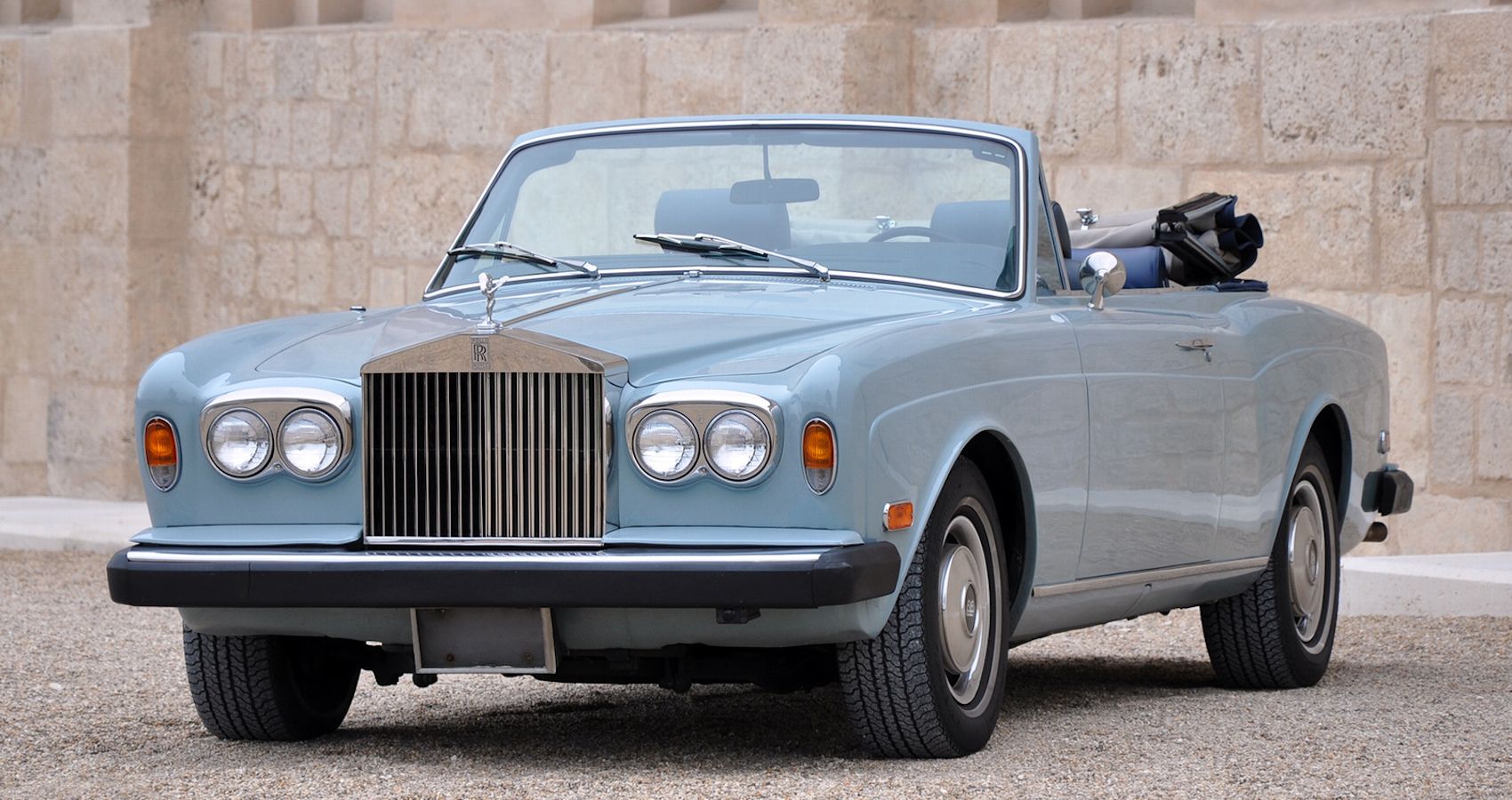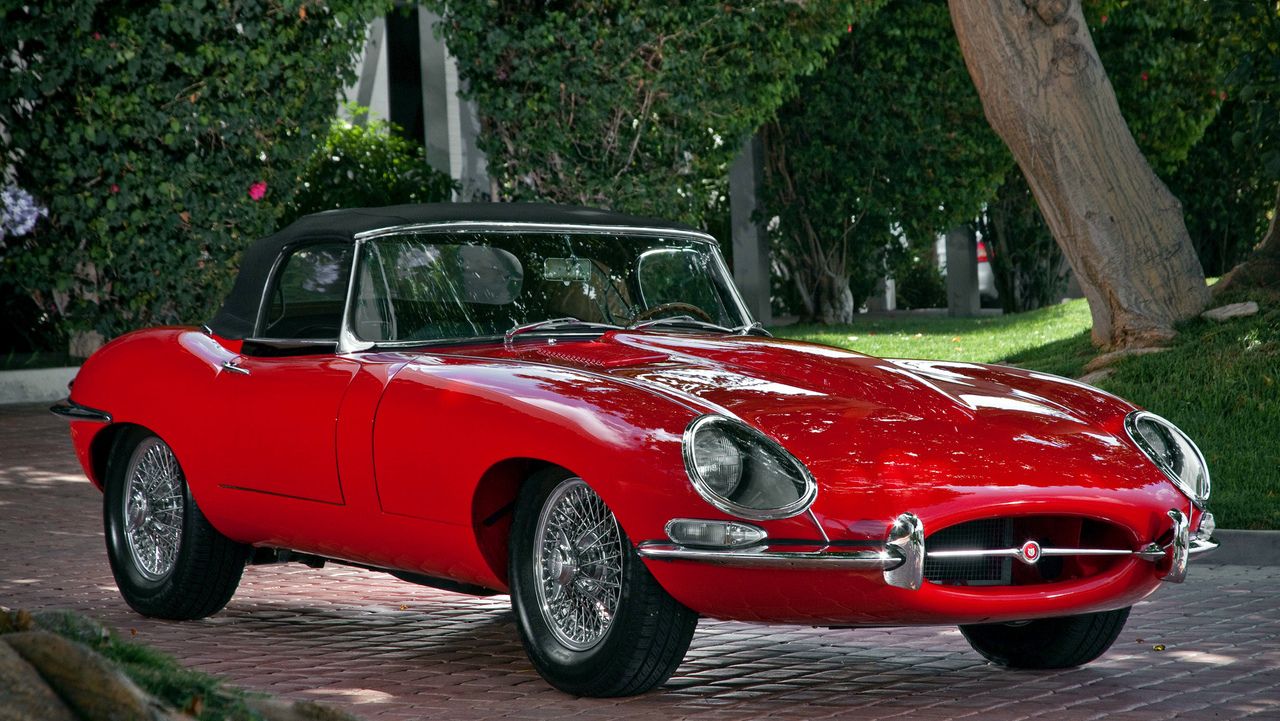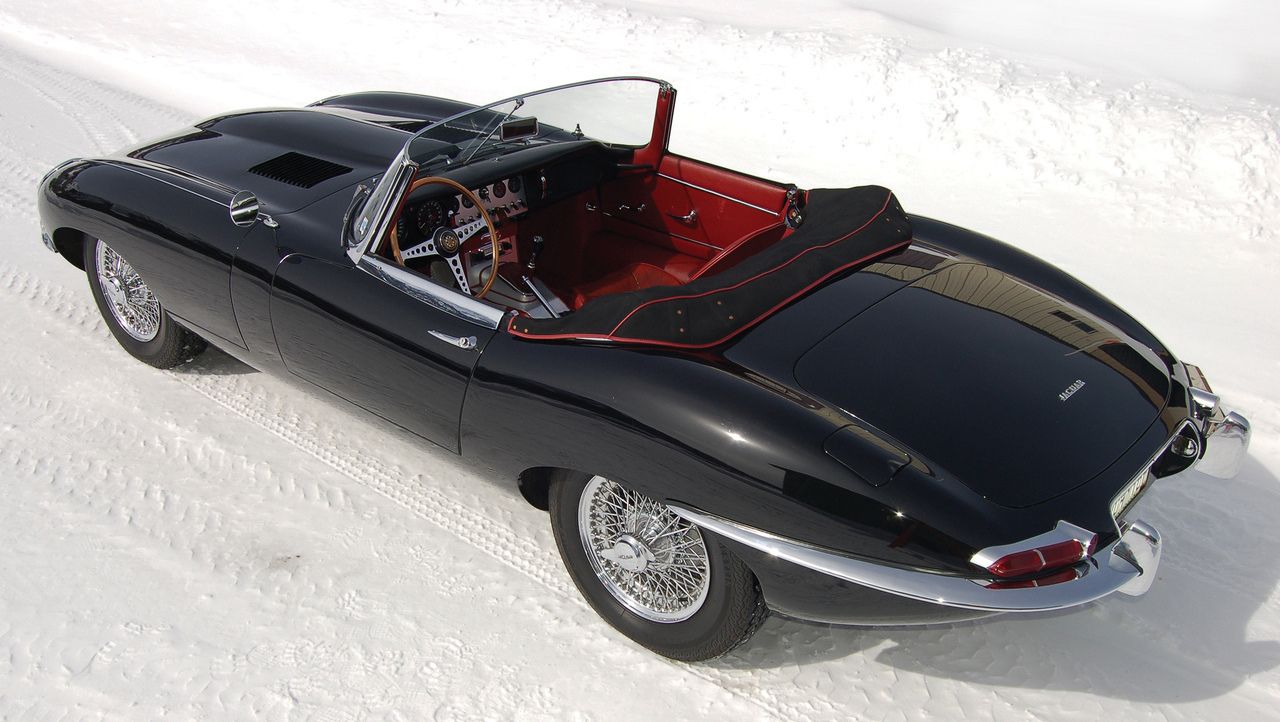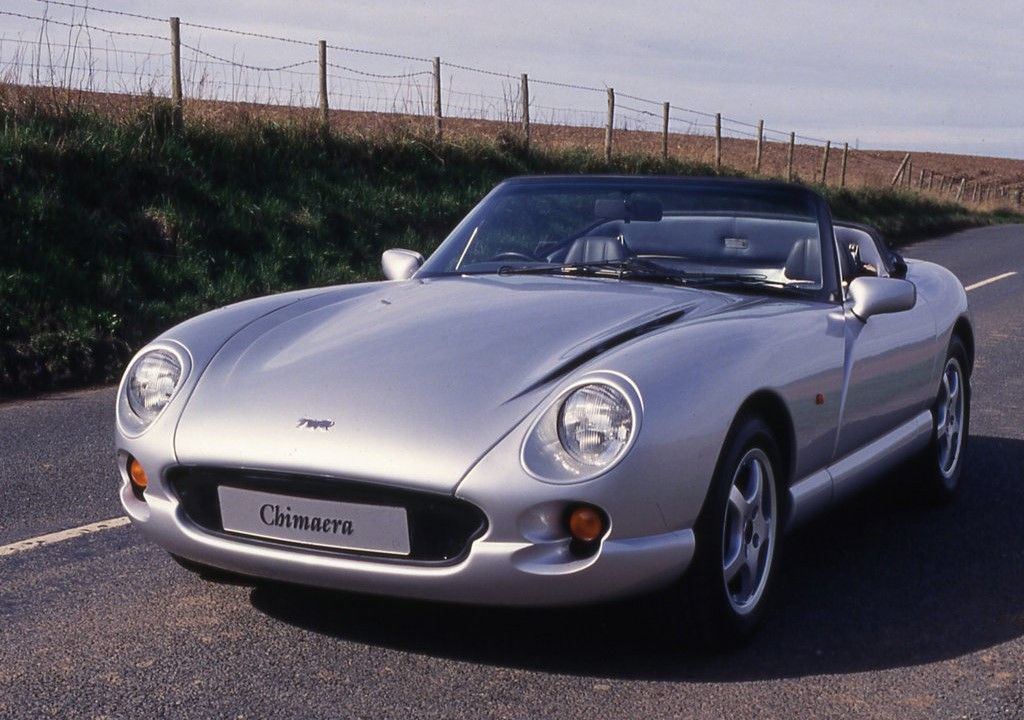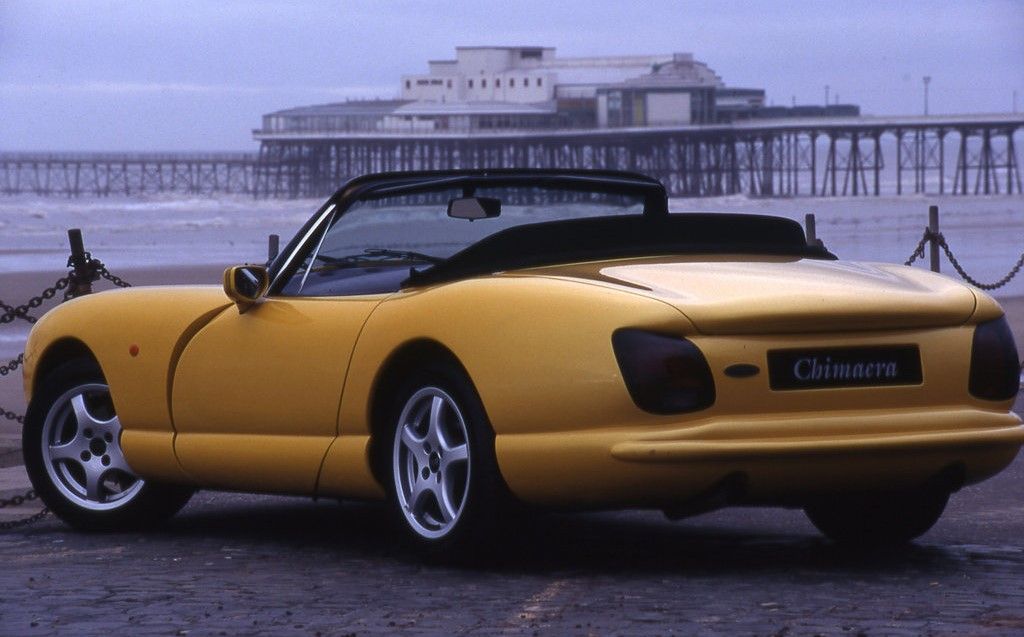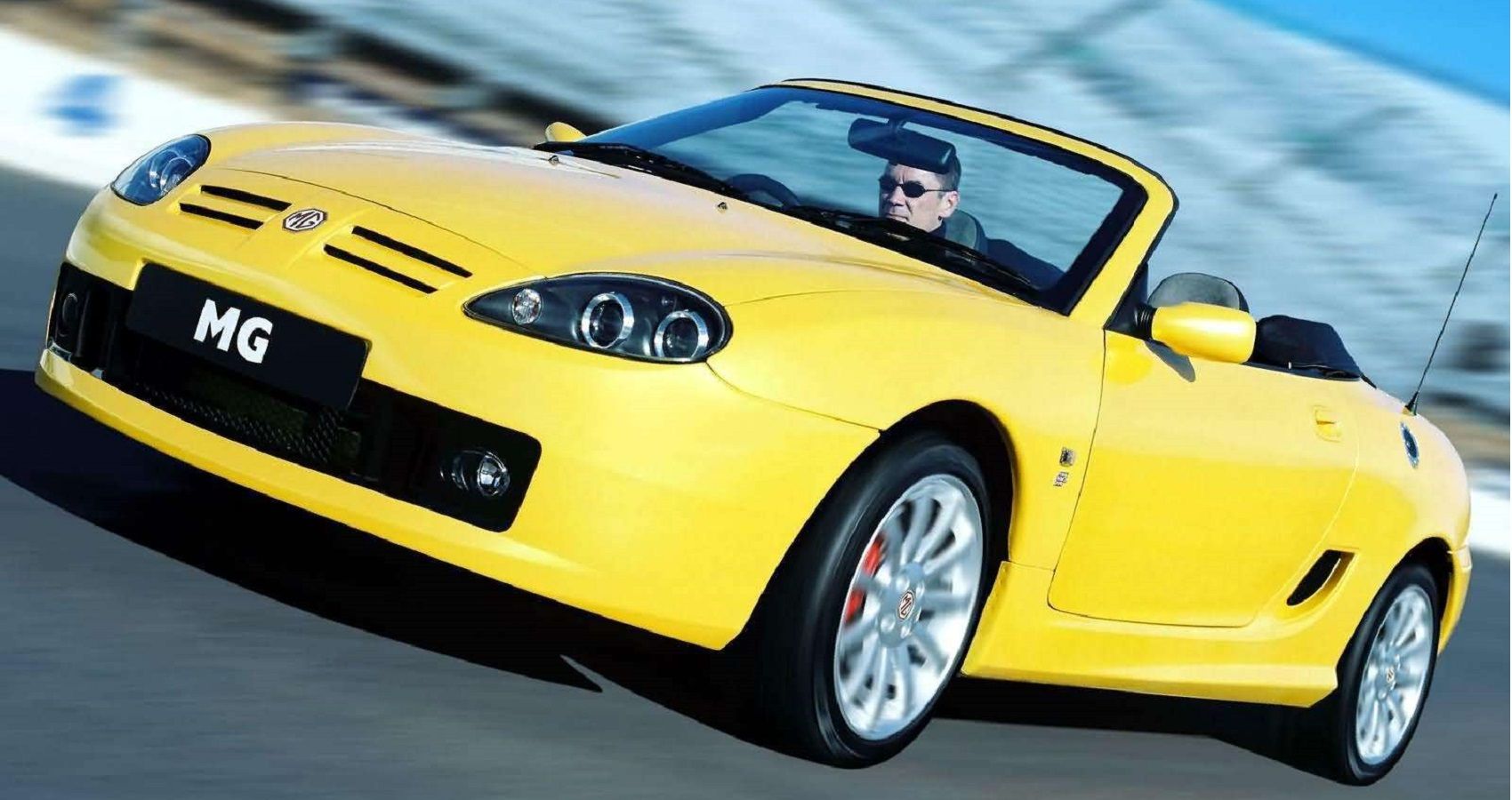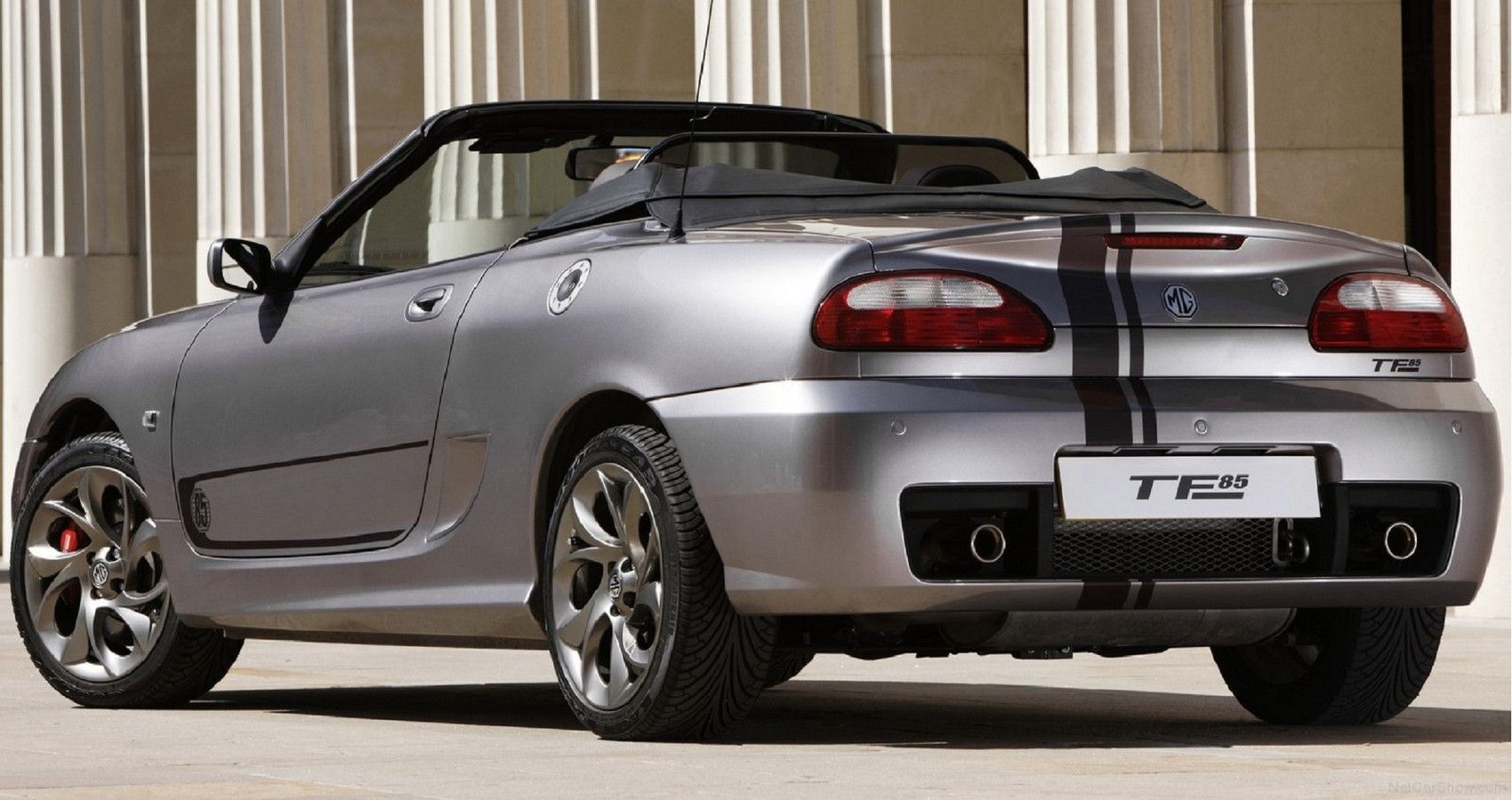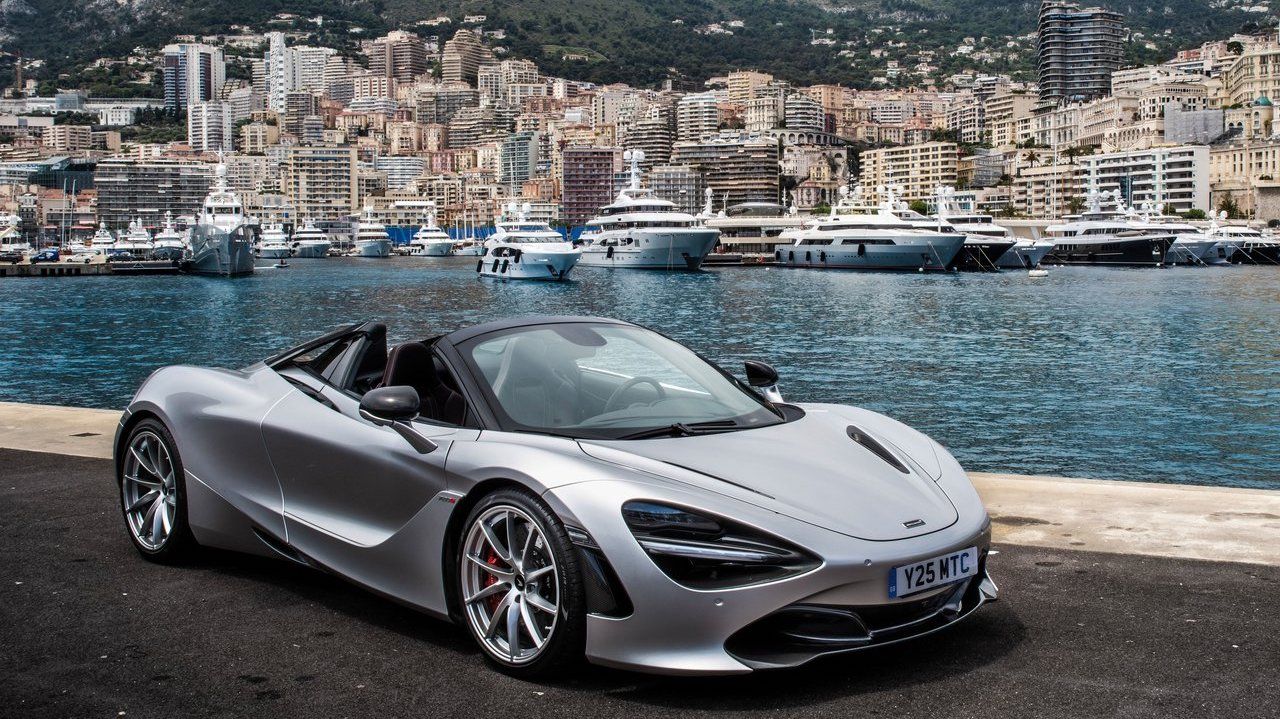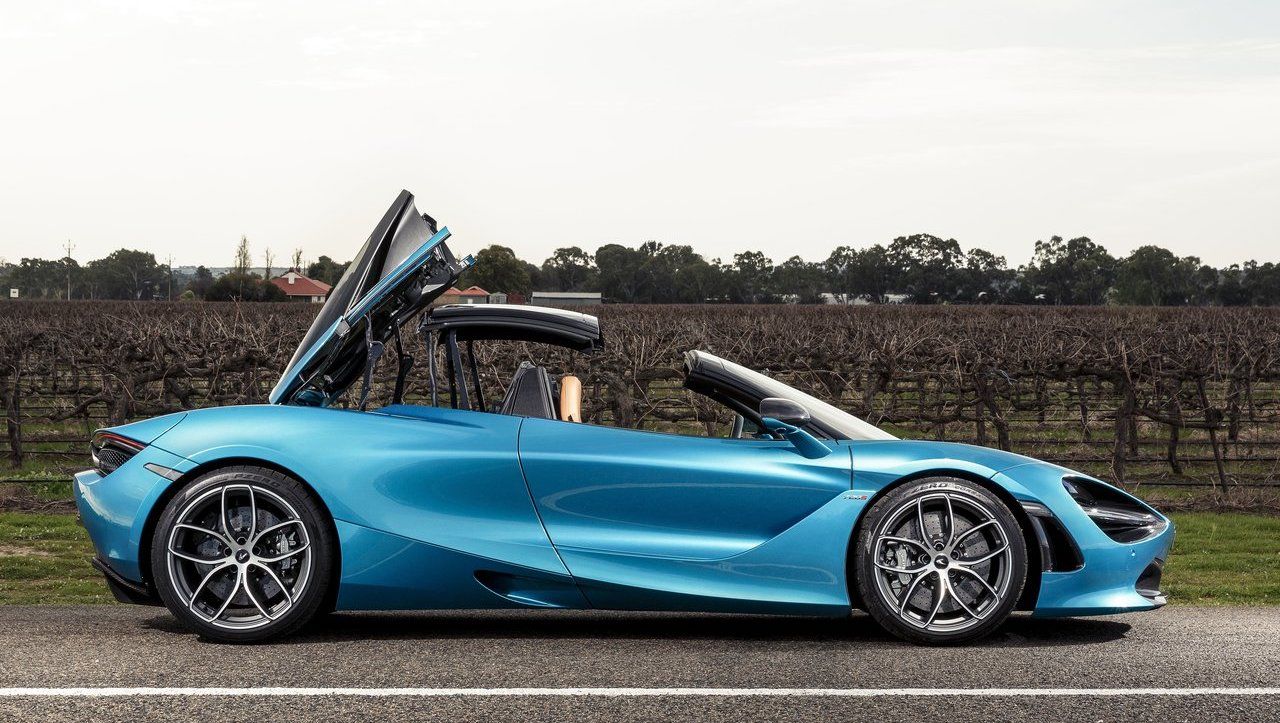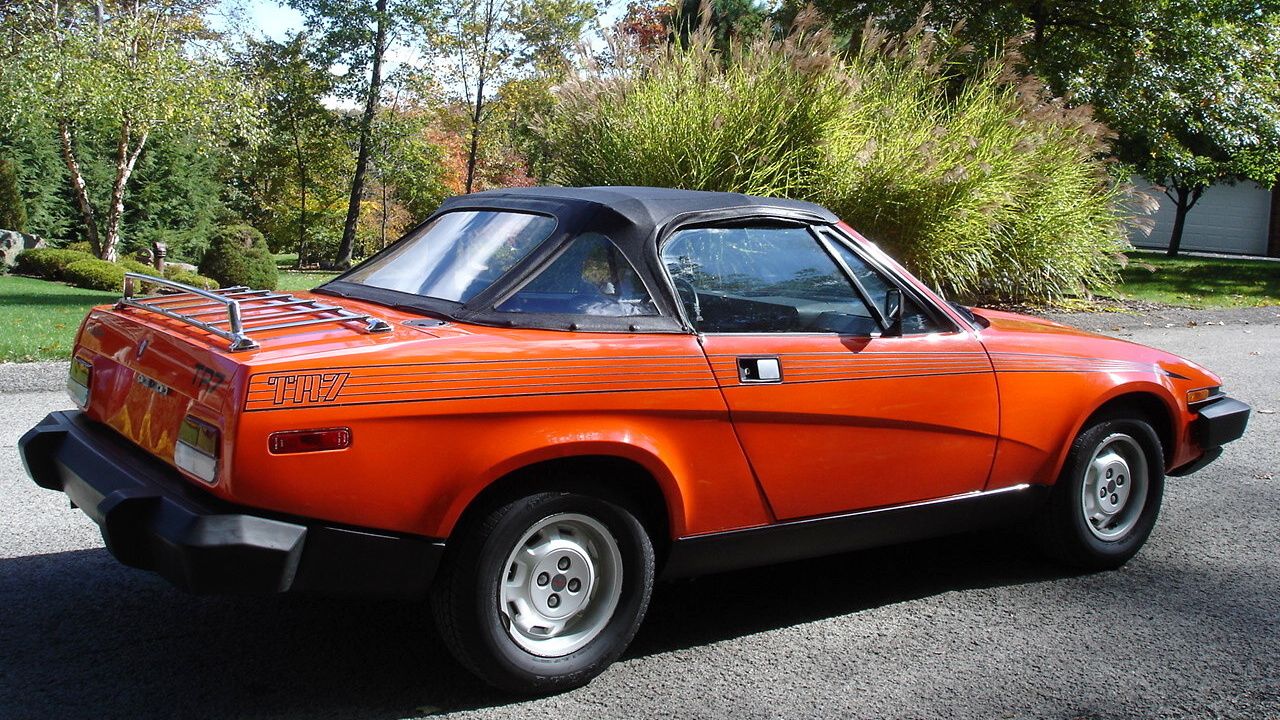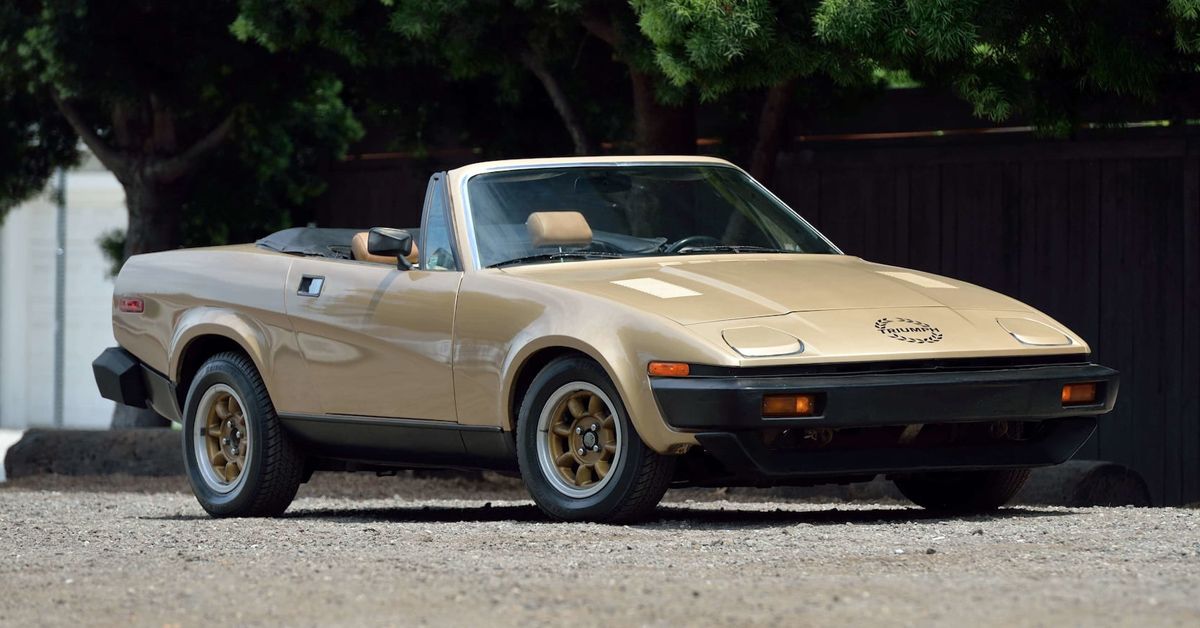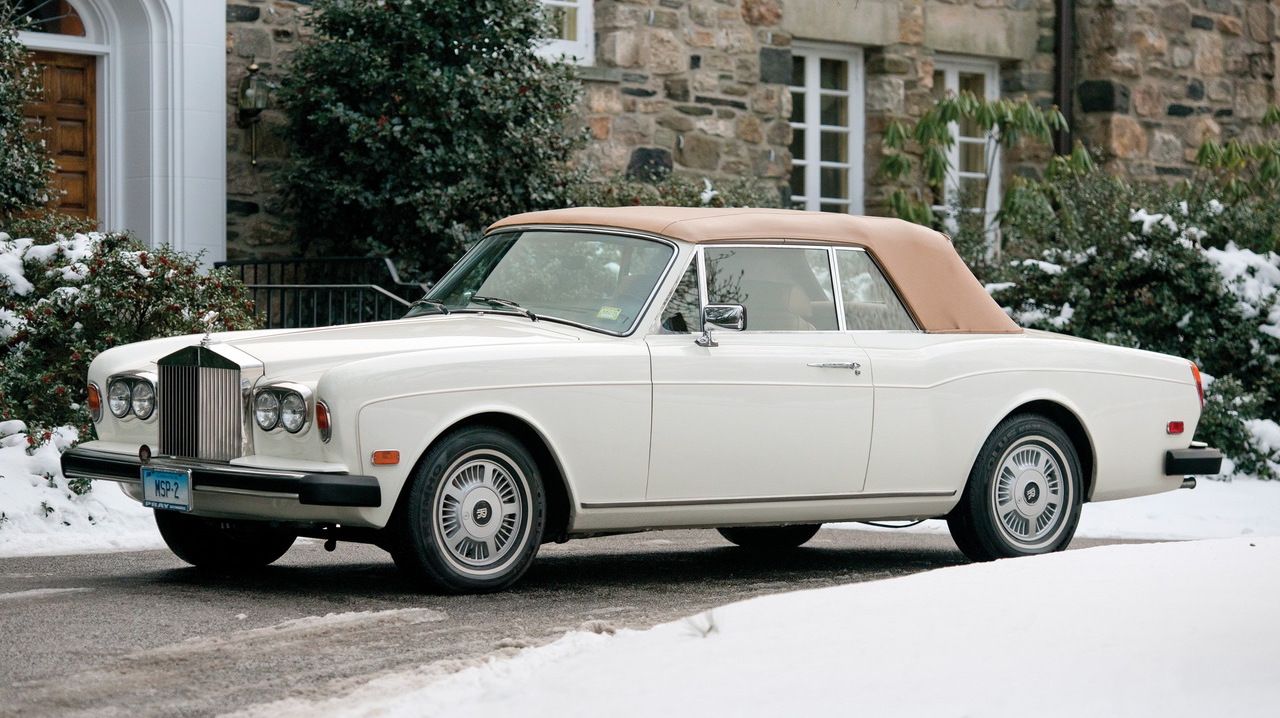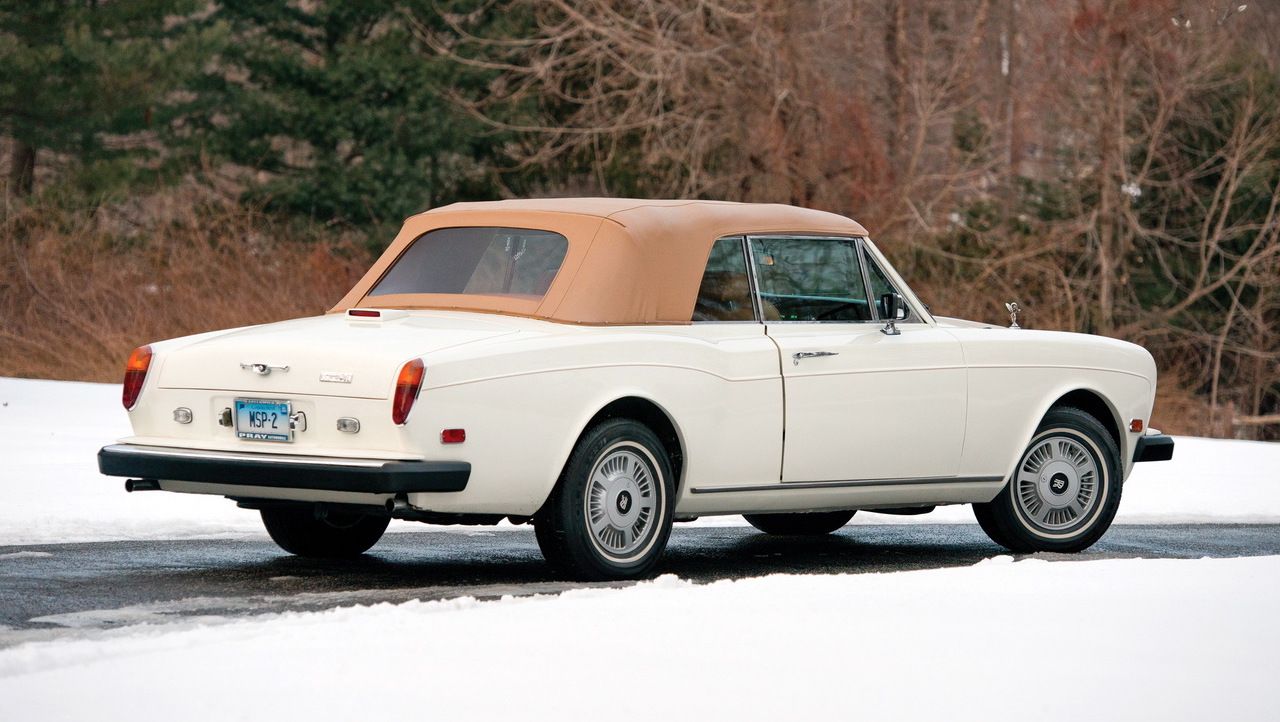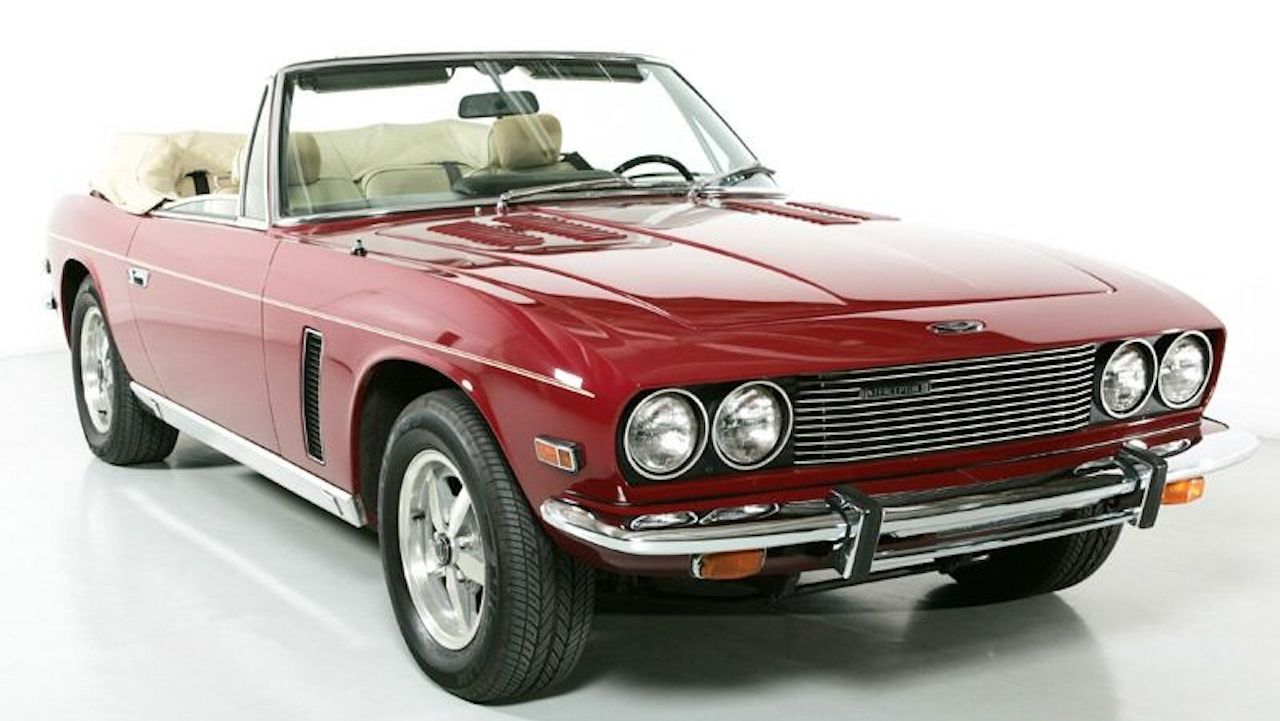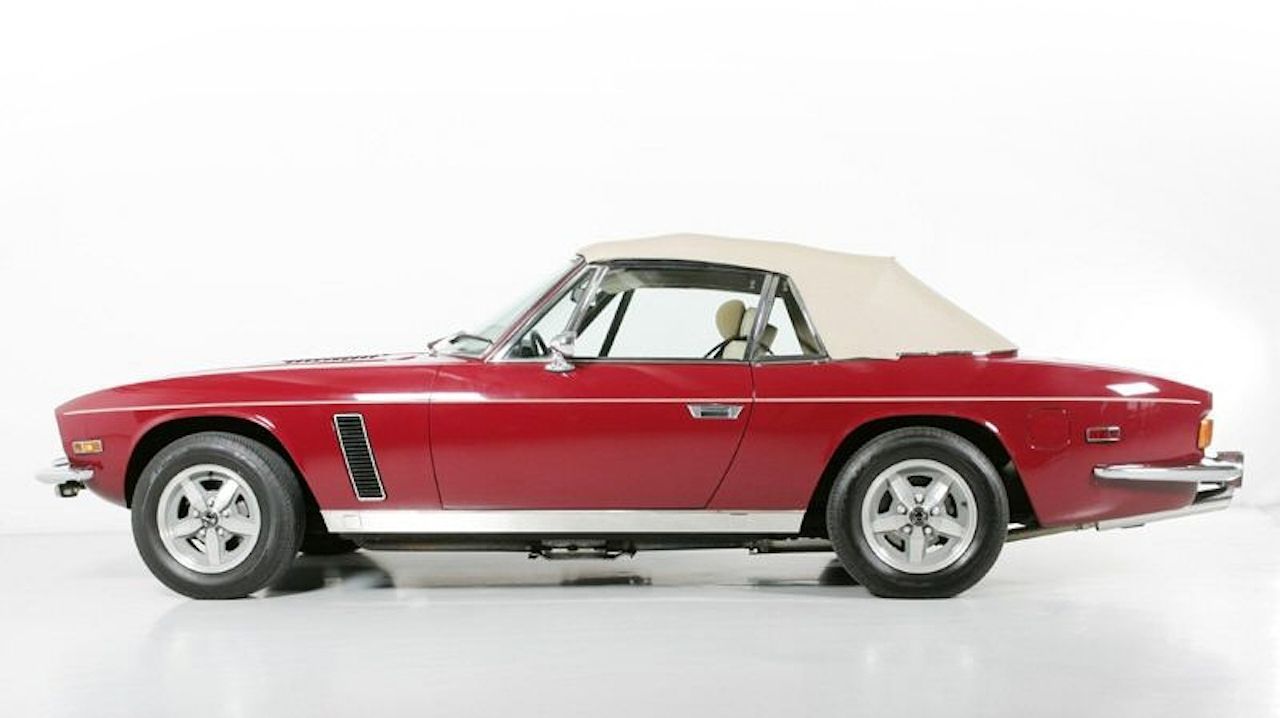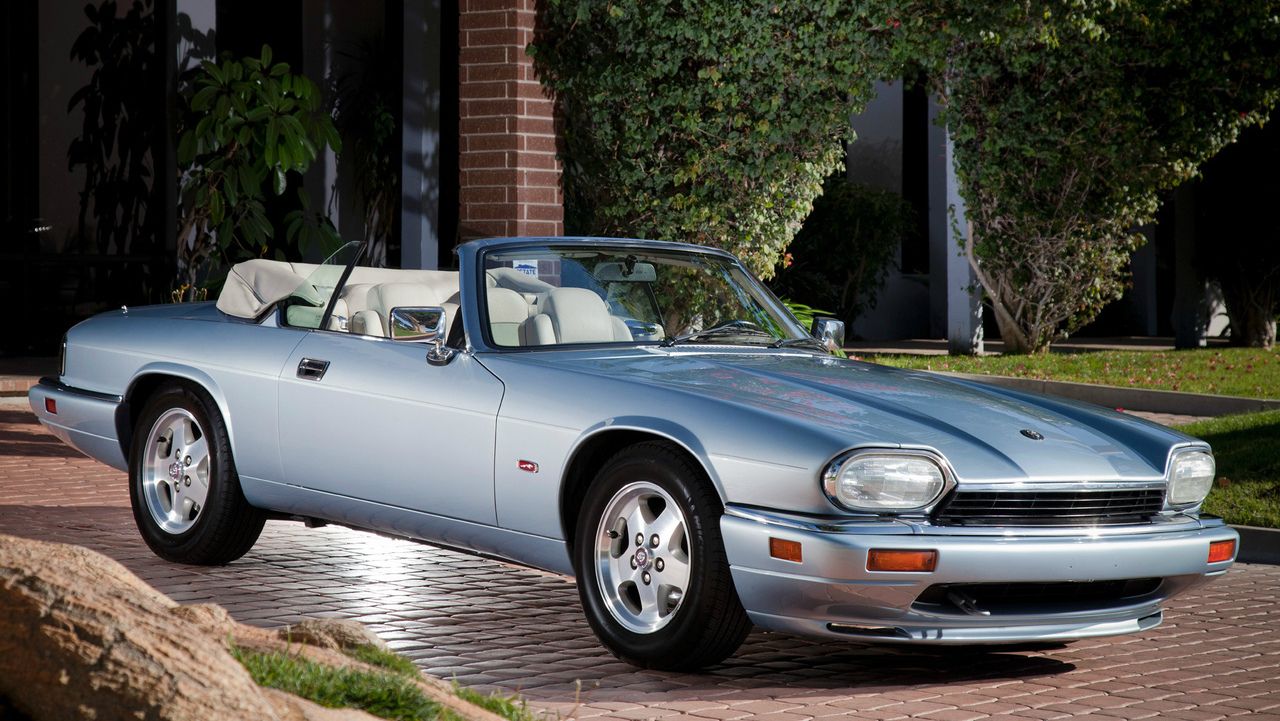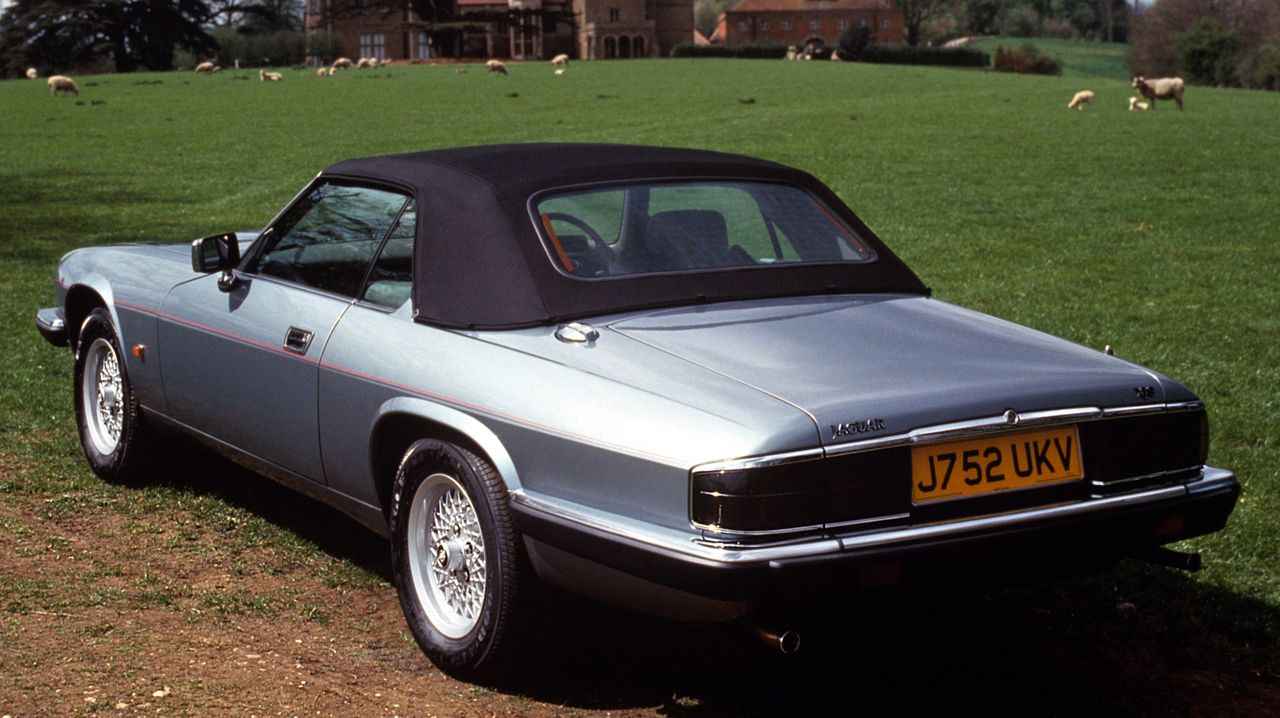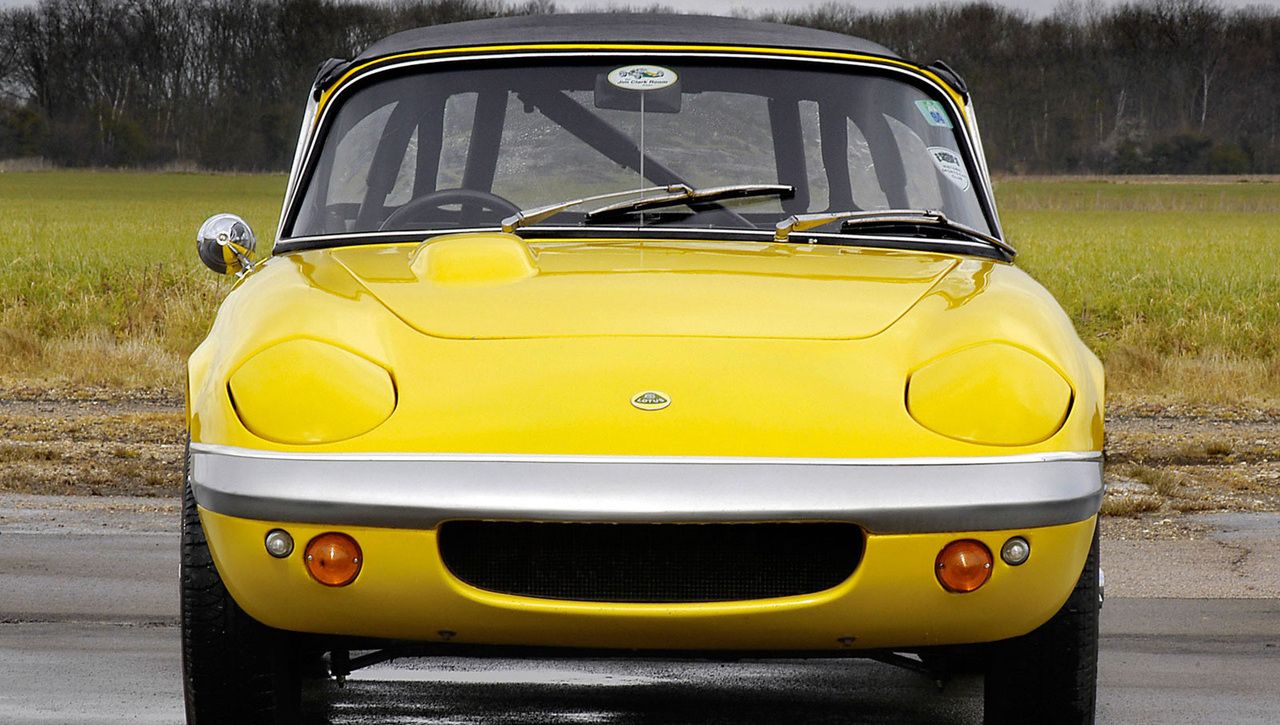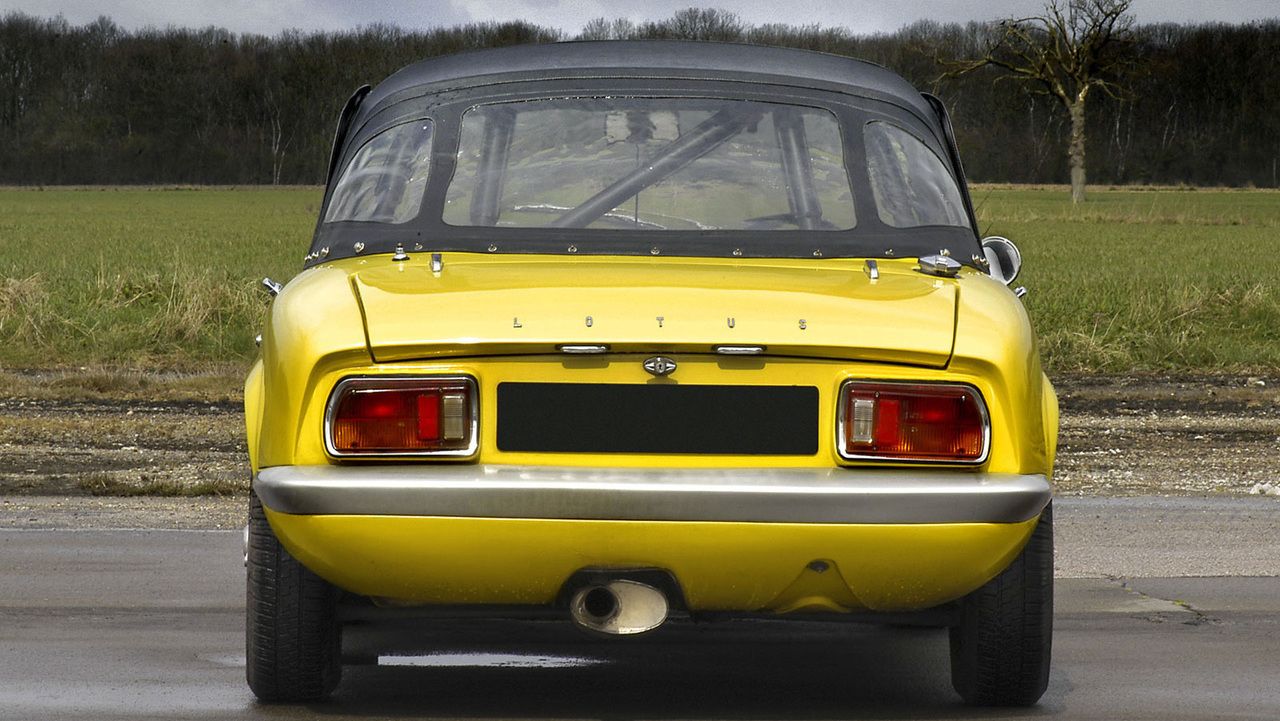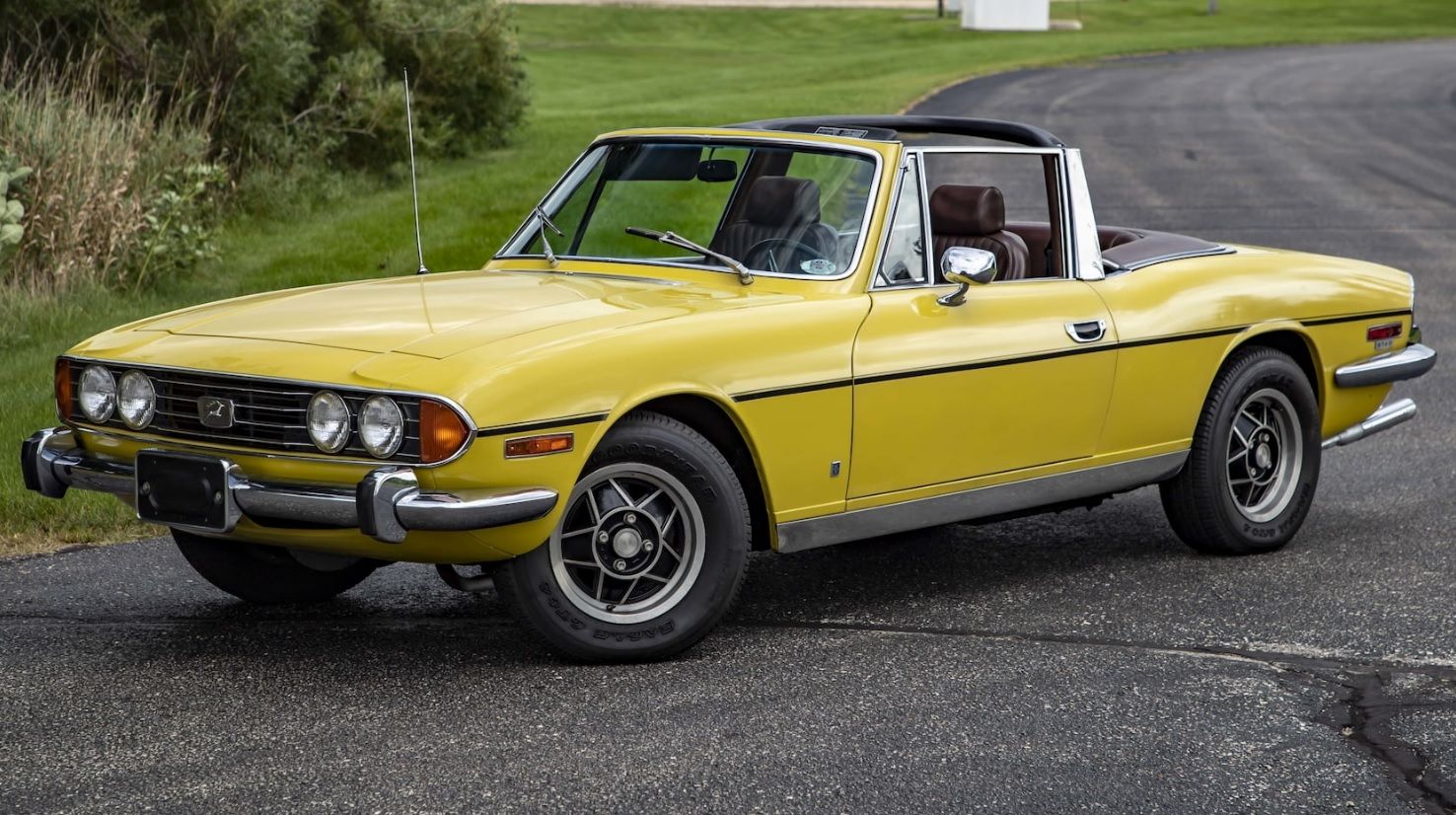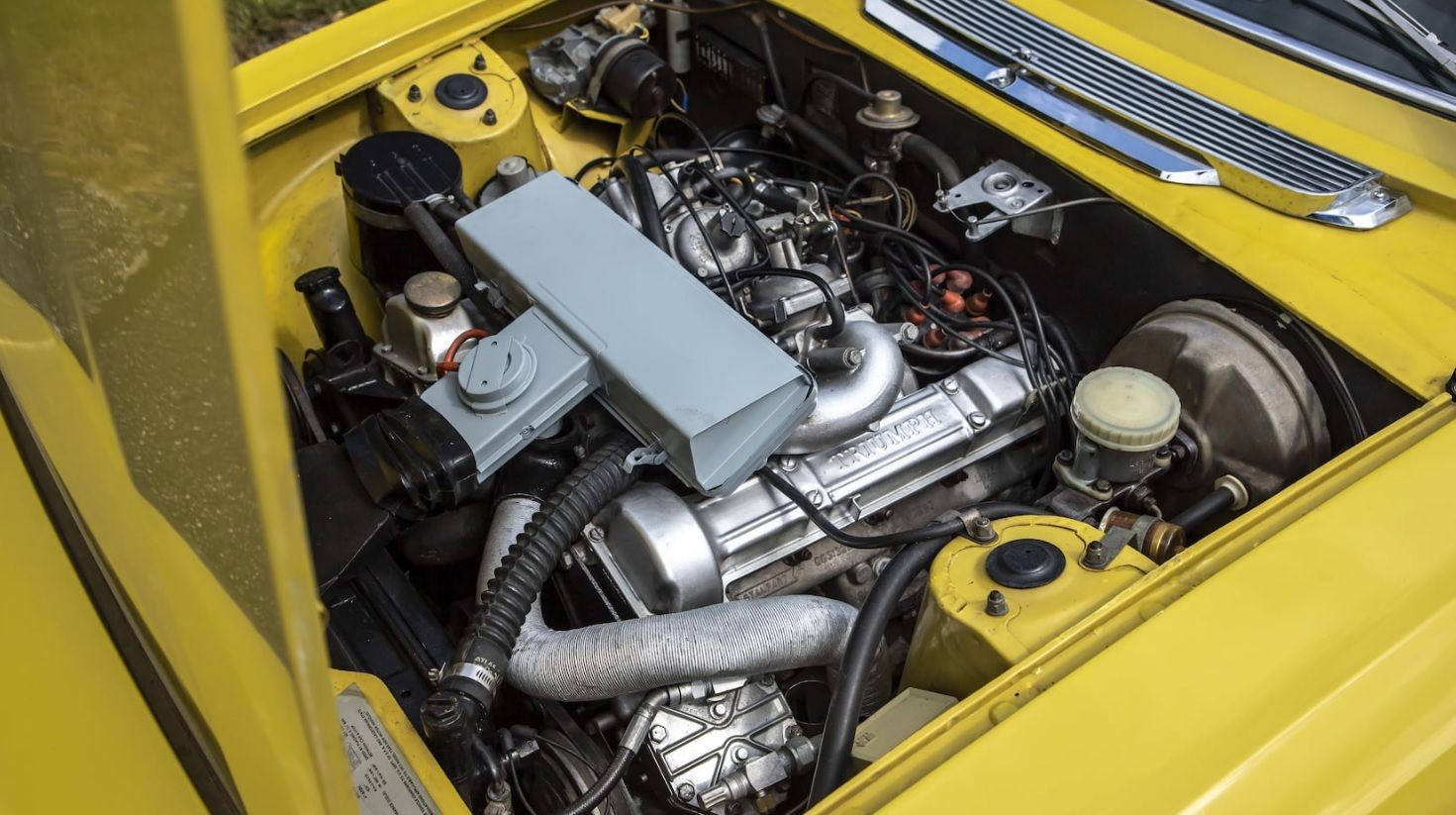The United Kingdom is not a country you typically associate with sunshine. Wet, damp, and gray days are far more common, and you would think this would influence car buying decisions. However, the weather doesn't seem to have dampened the desire to own a convertible. In fact, the UK is actually one of the biggest buyers of convertibles in the whole of Europe.
Over the years, the country has produced some seriously good-looking convertibles, and many remain desirable to this day. Unfortunately, reliability has always been a weak point, and you could end up spending serious cash to keep a British convertible running and roadworthy. Buyers will need to decide whether the trade-off is worth it, and consider just how deep their pockets are before taking ownership of these British vehicles. Here are 10 British convertibles that look cool, but will eventually bankrupt you.
10 Jaguar E-Type/ XK-E
Few cars are as recognizable and celebrated as the iconic Jaguar E-Type. Produced between 1961 and 1974, the sleek silhouette evokes glamour, and was a true triumph of design. The car was no slouch, with a 150 mph top speed, and a 0-60 mph time just under 7 seconds.
While the car is fairly reliable, age is undeniably catching up with the E-Type, and big repair bills are an unfortunate part of owning one. Rust is a major concern, and may go unnoticed until a substantial area is affected. Bare metal re-sprays can cost a serious amount of cash, don't expect much change from $10,000.
9 TVR Chimaera
The Chimaera was produced by TVR from 1992 and 2003. Designed as a grand tourer, the Chimaera was a massive sales success, and great to drive. The car sported a fiberglass body, stylish design and a range of Rover-derived V8 engines.
Regrettably, chassis corrosion can prove costly, with the chassis backbone particularly vulnerable. Prior to purchase a full inspection should be undertaken, along with regular rust proofing.
8 Rover MG TF
The MG TF was one of the last cars to be designed and built by Rover prior to their collapse. The car launched in 2002, featuring a compact and sporty design. The entry level car was fitted with a 118hp, 1.6-liter engine, giving the car a 118 mph top speed. The MG TF wasn't rapid, with 0-60mph taking just under 10 seconds, however, you could still have a lot of fun with it.
Leaky seals can be an issue with these cars, commonly leading to damp footwells, and electrical issues. While seals are not the most expensive things to replace, costs can soon add up if your car has any other problems related to the water ingress. Head gasket failure can be a more costly issue, and it is important to look out for any warning signs.
7 McLaren 720S Spider
The McLaren 720S Spider is a very compelling package for those in the market for a convertible supercar. The car combines a futuristic design, a powerful engine and a premium cabin.
The 720S Spider, sports a clever one-piece "Retractable Hard Top (RHT)". Adding just 108 lbs to the car's curb weight, and opening in just 11 seconds, it is a feat of technology. Unfortunately, the car has been plagued with issues. From build quality deficiencies such as large and unequal panel gaps, to suspension damper failure, and most worryingly engine problems, ownership can be a quick way to bankrupt yourself.
6 Triumph TR7
The TR7 was Triumph's cheapest model in its "TR" line-up. Despite being the entry level model, it is now considered to be one of the best to drive. The car was released in 1975, with 28,000 convertible examples produced during the manufacturing run. The wedge shaped design was quite divisive, and you either love it or hate it.
In addition to widespread corrosion, the TR7 had an unreliable and leaky water pump. Replacement pumps can prove to be awkward to fit, making this quite an expensive, but necessary task.
5 Rolls-Royce Corniche
A large and imposing Rolls-Royce convertible, what's not to like? High maintenance costs are unfortunately a big part of Corniche ownership. Produced in convertible form from 1971 to 1995, the Corniche was a seriously imposing British status symbol.
Up front, a 6.75-liter V8 can be found, with power sent to the rear wheels via a three speed automatic transmission. During the production run, over 3000 convertible versions of the car were constructed. Unfortunately, corrosion is a major issue with these cars, with almost all the lower bodywork susceptible. The convertible hood is another wallet drainer, with the original liable to crack and break down. Should the hood mechanism also be affected, costs mount up even further.
4 Jensen Interceptor
The Jensen Interceptor, was a hand-built British GT car produced between 1966 and 1976. The car had a strong and muscular design, that could even be likened to the iconic Ford Mustang at certain angles.
Under the hood, the Interceptor was fitted out with a powerful 330hp, 6.3 liter Chrysler sourced V8. The car could power on to a 133 mph top speed, with 0-60 mph taking just 7.3 seconds. Due to the handbuilt nature of these cars, repairs to the bodywork can be prohibitively expensive. Panels must be "tailored" to the car, which is a slow and labor-intensive job.
3 Jaguar XJS
The XJS is a luxurious grand tourer produced by Jaguar from 1975 to 1996. The car was introduced with a smooth 5.3 liter Jaguar V12, and was a lovely place to sit while crunching miles. Unfortunately, it was a thirsty unit, and this did put buyers off.
Rust is one of the major issues affecting XJS models today. The floorpan in particular is one of the major weak points, and this should be thoroughly examined prior to purchase.
2 Lotus Elan
Produced between 1963 and 1974, the Lotus Élan was designed to be a simpler and lighter alternative to the Elite. The car was first produced as a convertible, and was kitted out with a Ford derived 1.5 liter engine. In addition to the fully constructed model, the Élan was also sold in kit form
The car has a fiberglass body, so there are no worries as far as rust is concerned. There is an unfortunate trade-off however, with the aging cars being susceptible to cracks in the body. Replacement frames and bodies are fortunately available, but will of course come at a cost.
1 Triumph Stag
Styled by Italian car designer Giovanni Michelotti, the Triumph Stag was a real looker. The car featured a unique, convertible "T-bar" roof design. This allowed owners the choice of driving with a soft top convertible, a removable hard top roof, or going completely roofless.
The Stag is frustratingly affected by numerous reliability woes, chief of which is the engine. Under the hood, a Triumph produced 3.0-liter V8 was fitted, one of the main issues relates to a high mounted water pump. Should a small loss of coolant occur, damaging overheating will be the result. The timing chain was another weakness, prone to stretching and resultant engine destruction, it was a true ticking time bomb.

